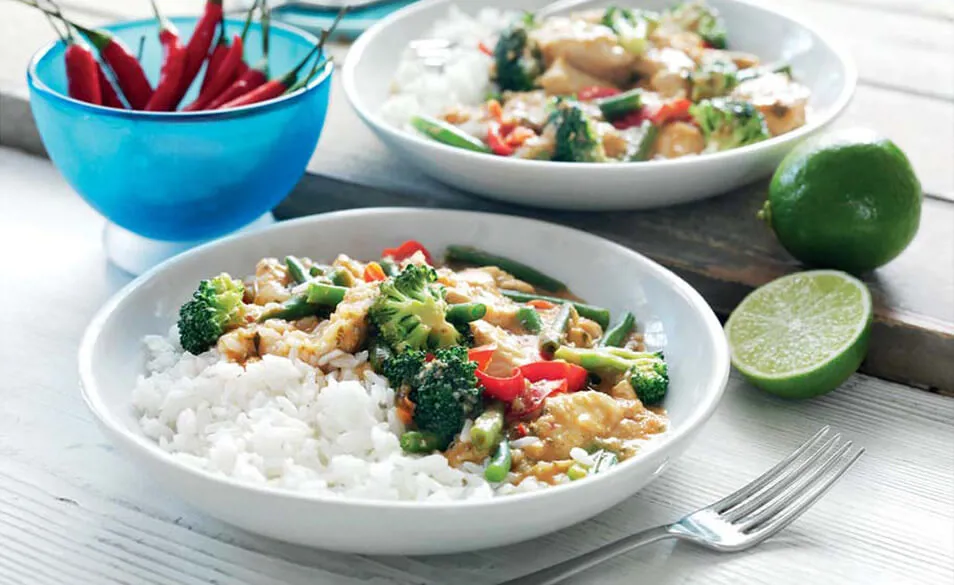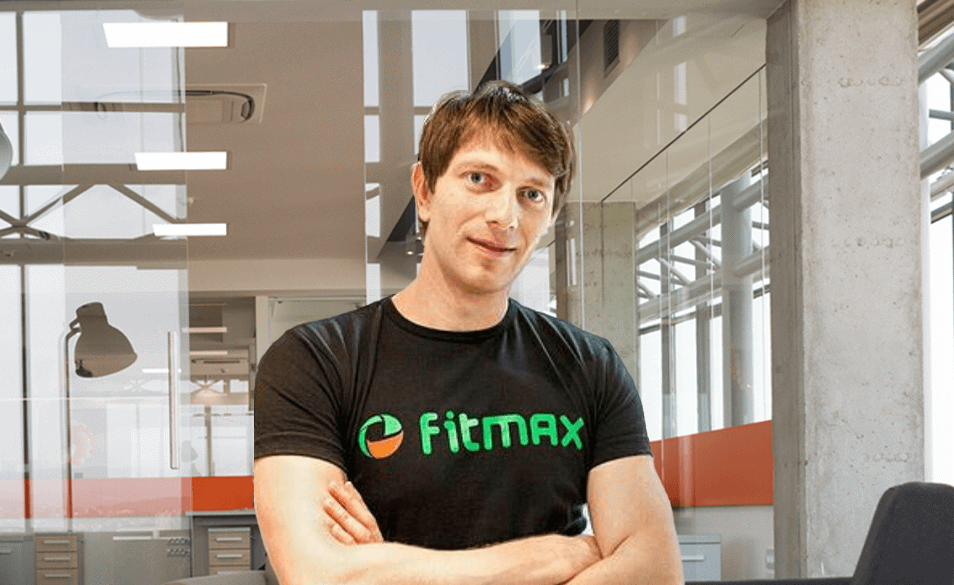Daily diet organization and proper food selection

Table of contents
To begin with, I feel it would be best to take a look at the daily diet organization, that is, the meals schedule throughout the day. Speaking from long-time experience I am certain that a good and proper diet organization, aside from exercising, is the key to achieving health and a slim figure. By analyzing a seven-day list that my clients (trainees) make when beginning exercising in order to have a joint overview of their daily food habits, I have managed to locate their most frequent mistakes and I have been able to understand why these should be corrected:
1. Skipping breakfast
Meals should never be skipped. The organism will function best if you have 3 main meals and 1 to 2 meals in between (snacks).
Skipping breakfast is especially bad, and here is why: it is necessary to eat breakfast one hour after getting up, at the latest, so as to jump start the physiological waking up of the entire organism. Multiple studies conducted have shown that although you are up but you have not eaten your breakfast, your metabolism is still “asleep” and you must wake it up. And you will do so by taking food that will be digested, therefore getting the “system up”. The fat cells are activated releasing stored fats, enzymes are exuded, the metabolism speeds up and therefore begins to function early in the morning.

It would be best to consume foods rich in fibers and carbohydrates combined with skimmed, fermented dairy products and berries. This combination will help you maintain a stable blood sugar level and not to feel hungry for the next couple of hours. But, one would not make a mistake if having a ham egg omelet or toast with cheese or fruit spread for breakfast, either. I will write about the specific food selection process in my next post.
2. Bad selection of snack foods, which frequently substitute lunch at work.
Often people are not able to leave from work or take a long enough lunch break, so they have lunch after working hours. Within that 8-9 hours long period, it is necessary to have at least one proper snack which will give you all nutrients required for you to function properly until having lunch. That is why you should think about this snack as an in-between meal rather than a treat. Also, this snack will help you not to overeat during your main meal; it will allow you to burn off calories equally and help you not to store any fats. Those not giving enough attention to this very important dietary segment tend to have an excess of weight issue.
You should have your snack 3-4 hours after breakfast, which is excellent for those who work 8 hours and have lunch only after work. You should avoid snacking nice and filled 50g chocolate bars and products from the bakery across the street. It is common knowledge that nuts are a good, nay ideal, snack choice but you can also have dried or fresh fruits, brown rice cookies or a whole wheat bread sandwich with chicken and seasonal salad.
3. Lunch and “something sweet” afterwards.
My experience tells me that it’s not the lunch food selection what is bad for you, but the quantity of food we take in and the combination. Often proteins (meet) and carbohydrates (bread and pasta) are combined for lunch, and eventually one also ends up having something sweet. It is desirable to choose such combinations where proteins are combined with vegetables rich in fibers, fresh (salads) or shortly cooked or grilled. Pasta dishes should be consumed with fresh chopped vegetables and olive oil. Have in mind that this is not your last meal of the day therefore you should not exaggerate in quantities.

If you must really have dessert, please eat it separately as a snack, for example. And only if you’ve had lunch by 3PM (during work hours), so this can be your meal in between lunch and dinner.
Your first choice should be fruit or freshly squeezed fruit juice, alternatively few blocks of dark chocolate or fruit yogurt.
4. Dinner - Your last meal before going to sleep
“All food excessively consumed for dinner goes to bed with you, and it will look for a comfortable place to rest – most probably your fat cells” *T. Ferang – leading American expert on healthy diet.
When it comes to dinner, the most frequent problem is the wrong food selection and late intake of food right before going to bed. The ideal time to have dinner, physiologically speaking (due to the slowing down of the metabolism, decreasing enzymes execution and lower physical activity), would be between 7-8PM.
However, many people today finish their working day or workout sessions around 9PM or even 10PM, and the general advice that applies to them is that the time difference between dinner and bedtime should be at least 2 hours. It is important to emphasize that the later the dinner is, the more conservative it should be.
Have in mind that dinner is your last meal for the day and that it causes the greatest part of your sub dermal fat tissue. That is why you should exercise control and carefully plan what and when you will have for dinner.
The ideal combination of dinner food would be proteins, fish mainly followed by white meat (turkey or chicken), young cheese or hard-boiled egg white with fresh salad and grilled vegetables. No bread or pasta!
I have only partially shared my findings with you. As I told you at the beginning, I will dedicate one of my future nutrition posts to the specific food selection for every meal, with practical combinations and nutritional values.
Until then, bon appetite! :)


